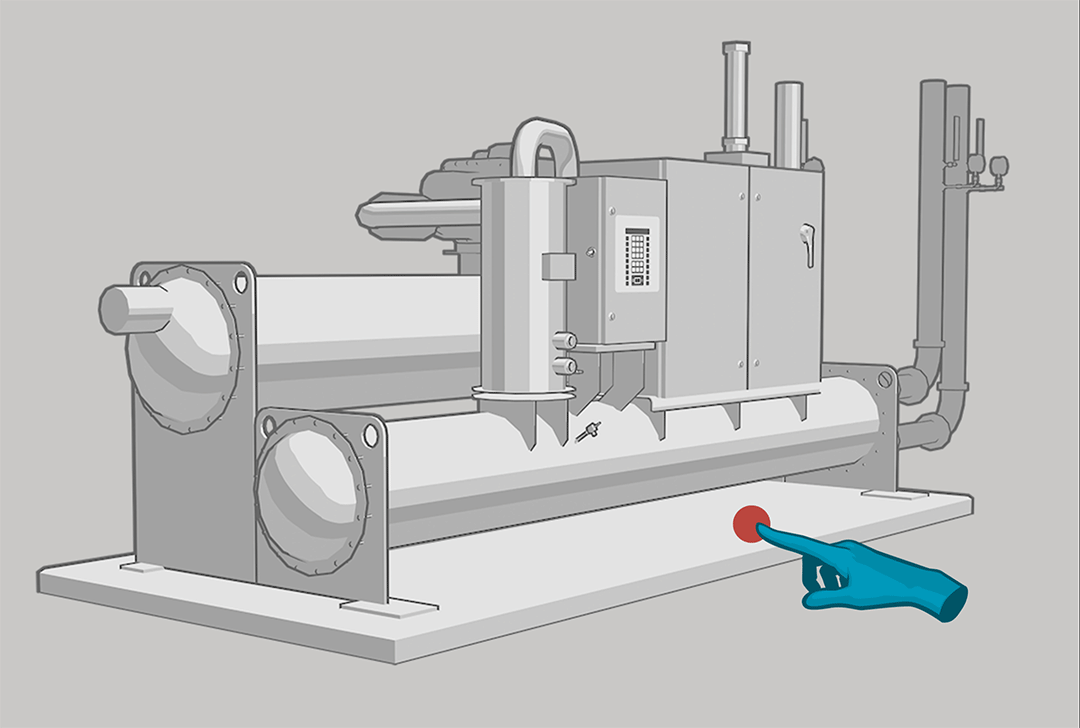“
There’s a way to do it better – find it.
Thomas Edison
We have found a better way to use spatial anchoring and augmented reality (AR) content that will facilitate access and use of Manifest work instructions.
Spatial computing and AR content add utility and value to work instructions by making them always accessible and available within your workplace. To achieve this, virtually placing and spatially anchoring AR content requires a reference point within the physical environment so that content be displayed accurately and consistently across equipment and locations.
Today, QR codes are often used as this reference point. We write about other options here but a physical QR code is the most common approach that Manifest users deploy. Generally it is a reliable and cost-effective approach with the added benefit of serving as a unique asset tag for each piece of equipment.
However, QR codes are not without their challenges within some industrial environments. They may be susceptible to tearing, soiling or other damage. Equipment may not have clean or flat surfaces which are highly recommended for QR codes to work well. And the consistency of placement can vary across different equipment and locations so the accuracy of the AR content can be compromised.
Touch Alignment

Our R&D and product team have been hard at work developing an alternate approach to address these challenges. And we are now excited to announce the availability of Touch Alignment as part of the Manifest 2.7 release. Touch Alignment enables Manifest users to place the Asset Tag virtually on an Asset Class, enhancing spatial alignment and eliminating the need for printed QR codes. This is done by setting 3 virtual alignment points and placing a virtual Asset Tag in the desired position. Users can then place and load an Asset Tag on a specific piece of equipment by replicating the 3 alignment points. Content is placed and accessed using the virtual tag and alignment points, optimizing spatial AR without requiring any physical QR codes.
We have also added the ability to capture and digitize text with a camera to further replicate the functionality of a QR code. Specific text from an existing label such as a serial number or an asset ID can be associated with a specific Manifest Asset and then that label can be scanned and the text can be used to find specific information and work instructions associated with that equipment.
The combination of these two features makes eliminating the physical QR code a viable proposition. For many existing and future Manifest users, this new option will provide a better way – simplifying the use of Manifest work instructions with enhanced spatial anchoring.
More details available in the Release Notes here.
And if you would like to learn more or see it in action, please contact us.
Webinar:
Touch Alignment - a better way to spatial anchoring augmented reality content
Join the Taqtile co-founder, John Tomizuka, to learn more about a new way to spatially anchor work instructions with Manifest®. Understanding the challenges and limitations of using physical QR codes within certain industry environments, the Taqtile team set out to innovate and create a new way to anchor and access content within Manifest. We would like to share this new approach with you. This interactive session will include demos and time for all your Manifest questions to be answered. Recorded Thursday, March 16th



